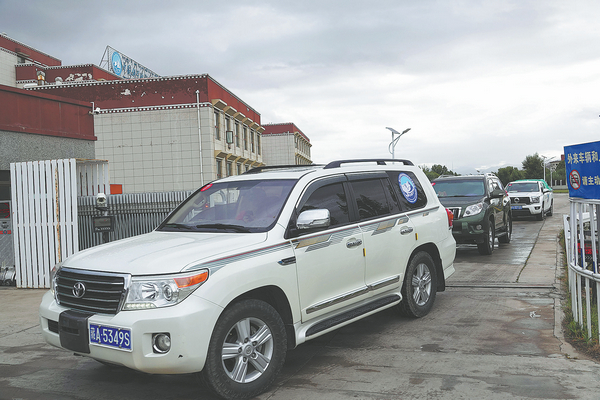

Furthermore, discoveries such as the distinctive stone tools from the Jerak site in Gar county, Ngari prefecture, and the prehistoric Merungdap Cave site in Ge'gyai county, Ngari, have shed light on technological innovations during the Neo-Paleolithic period in the region.
At the Gadpaserul site in Ngari, a graveyard dating back to between 3,000 and 3,600 years ago is evidence of an economy reliant on herding and hunting, and has shone a light on life in the Neolithic and Early Metal ages in the region, and the spread of early agriculture and smelting technology. It also indicates close connections with similar graves in Xinjiang.
The Onjangdo site in Chushul county, Lhasa, home to a significant architectural relic from the Tubo period, has given a glimpse into Tibetan architectural characteristics and the area's development during the Tubo period.
These archaeological exploration efforts in the region have yielded a rich tapestry of discoveries that have not only enriched the historical narrative of the region, but also contributed significantly to China's broader understanding of its ancient civilization. These findings highlight the region's pivotal role in the development and evolution of Chinese culture and history, further solidifying the region's place in the heart of the country's heritage.
Palden Nyima in Lhasa contributed to this story.
Contact the writer at wangqian@chinadaily.com.cn